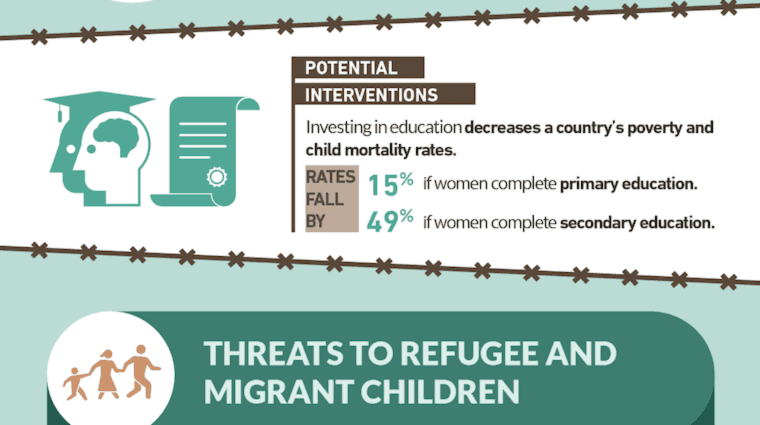Every day in France, 2000 children from birth to 6 years old are victims of an accident of everyday life. To try to bring these numbers down, the Consumer Safety Commission (CSC) has partnered with the European Child Safety Alliance to achieve the European guide to products potentially dangerous for children. Finally fully translated into French, it can be consulted on the CSC website.
What is interesting is that for the first time intended for the general public, figures from all the countries of Europe and even the United States reveal the loopholes in the safety of children. Each potentially dangerous stamped product benefits from a sheet with its weak points and relevant advice. A clear and very informative process which details the number of accidents caused by each product together with concrete cases, the existing standards and the daily dangers, from a practical point of view.
My remark: the objects listed are as diverse as toys, lighters, bunk beds, safety barriers, plastic bags, strollers, car seats, small parts (like beads, magnets, batteries). And to read closely, I see that it is not so much the objects themselves that are (potentially) dangerous… From the moment, of course, when they are manufactured in compliance with French and European standards, which is the case with items found in stores in France. Indeed, given the number of tests of all kinds that had to be carried out before it was put on the market, how dangerous would a super stroller be? Except for the ants and the beetles which do not look left and right before crossing the forest path …
The real danger seems to come much more from the use which is made of these objects in real life. Thus, the Guide tells us that a 15-month-old girl managed to stand up in her high chair during her dinner. She fell on her head. In fact, the chair strap (the harness) was not tight enough. I could multiply the examples: the safety barrier is dangerous if the child hangs on the bars at the risk of collapsing with it; a bunk bed is suitable if a too small child (under 6 years old) sleeps in it high up; the changing table is in the top 3 childcare items causing falls, if the child turns over without warning …
We can see it: it is in the space of freedom left to the toddler, when we no longer look at him for a second, or when we bring objects or a situation that are not within reach. in relation to his psychomotor capacities of the moment, that a number of accidents take place. From there to think that the only real safety of a toddler is the diligent and vigilant presence of an adult who knows the main stages of his psychomotor development and can anticipate the risks while letting him explore his world …
And that’s the whole point of this guide. To make a precise inventory that gives parents food for thought on their lifestyle and their methods of monitoring their babies, in their everyday environment. Without guilt, and with common sense.










